Sire verification paves way for genetic improvement
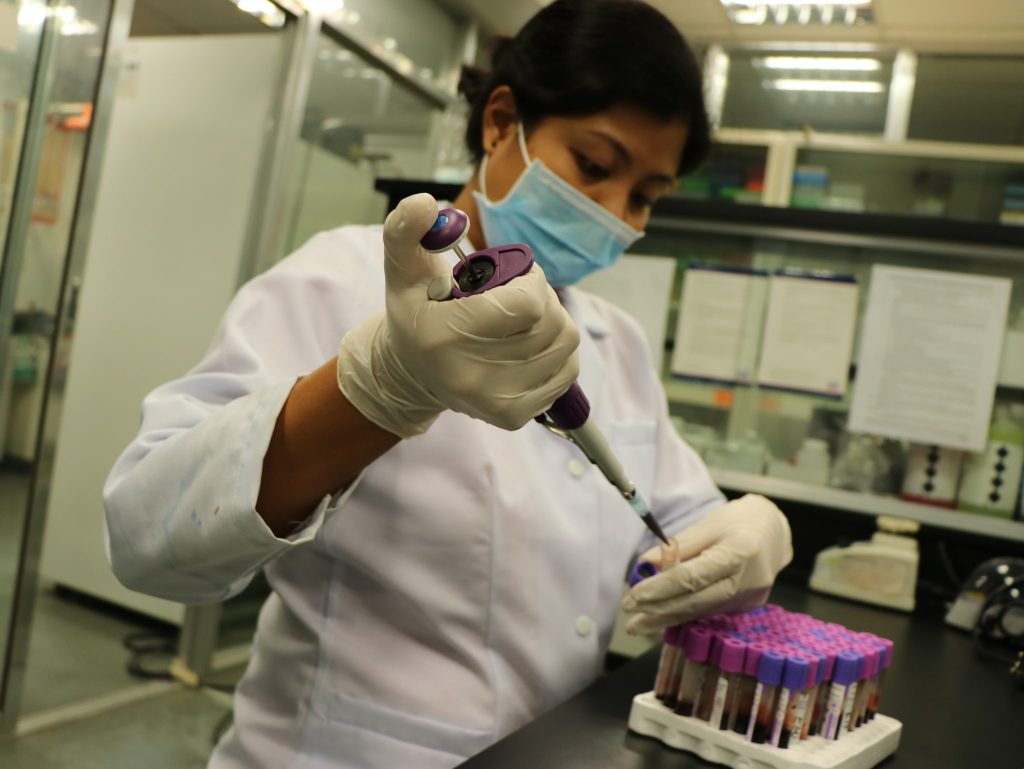
The genetic merit of a buffalo can be accurately measured given that its parentage is correct. Misidentification of parents may result in inaccurate estimated breeding value of an animal. A study titled “Microsatellite-Based Parentage Verification of Cattle and Buffalo Breeds in the Philippines” by Melinda Reyes, Noriel Esteban, and Dr. Ester Flores of the Philippine […]
PCC@DMMMSU awards dairy buffaloes to association of dairy farmers in Agoo

The Philippine Carabao Center at Don Mariano Marcos Memorial State University (PCC@DMMMSU) awarded 12 dairy buffaloes to Agoo Dairy Raisers and Farmers Association (ADRFA) last October 15, as part of its “paiwi” program. In an awarding ceremony held at the Agoo Civic Center, in Agoo, La Union, the activity was made possible through the partnership […]
PCC among qualifiers in the 31st NRS basic research category

The Philippine Carabao Center (PCC) bagged an “AFMA R&D Paper Award” during the 31st National Research Symposium (NRS) held last October 16, 2019 at the Sulo Riviera Hotel, Diliman, Quezon City. The AFMA (Agriculture and Fisheries Modernization Act) research award is given to researchers in recognition of their works that led to “new technologies, information, […]
PAGs in milk, an indicator of early pregnancy
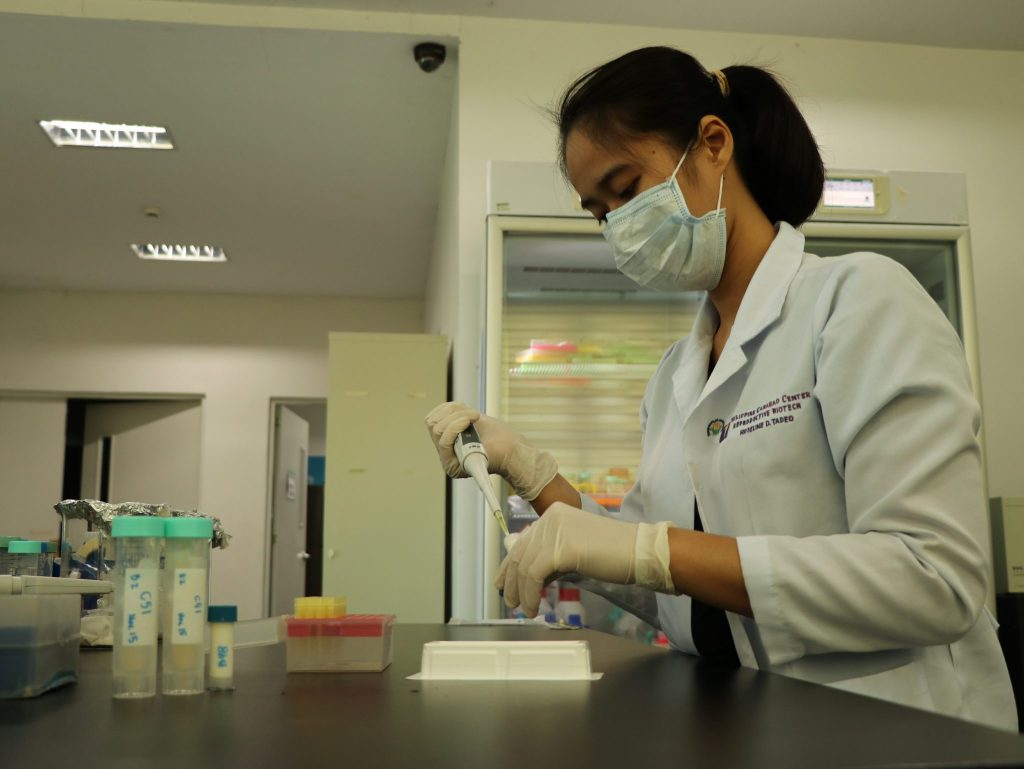
Less stressful means of detecting early pregnancy in buffaloes is now possible through the determination of Pregnancy-Associated Glycoproteins (PAGs) in milk. PAG is a protein secreted by a buffalo during pregnancy, however, it is often overlooked by the raiser. This is depicted in the study titled “Early Pregnancy Diagnosis in Buffaloes through Detection of PAGs […]
PCC IP efforts gear towards better protected research, management, commercialization of innovation and technology
Another milestone was set as the Philippine Carabao Center’s (PCC) Intellectual Property and Technology Business Management (IPTBM) office started its full operation in 2019 as per the unveiling of IP-TBM marker last March 27, coinciding with PCC’s 26th Anniversary. IP is deemed as “any creation of the mind” that is produced from writing to tangible […]
Carabao Family in Kananga, Leyte showcases goodwill for a noble cause
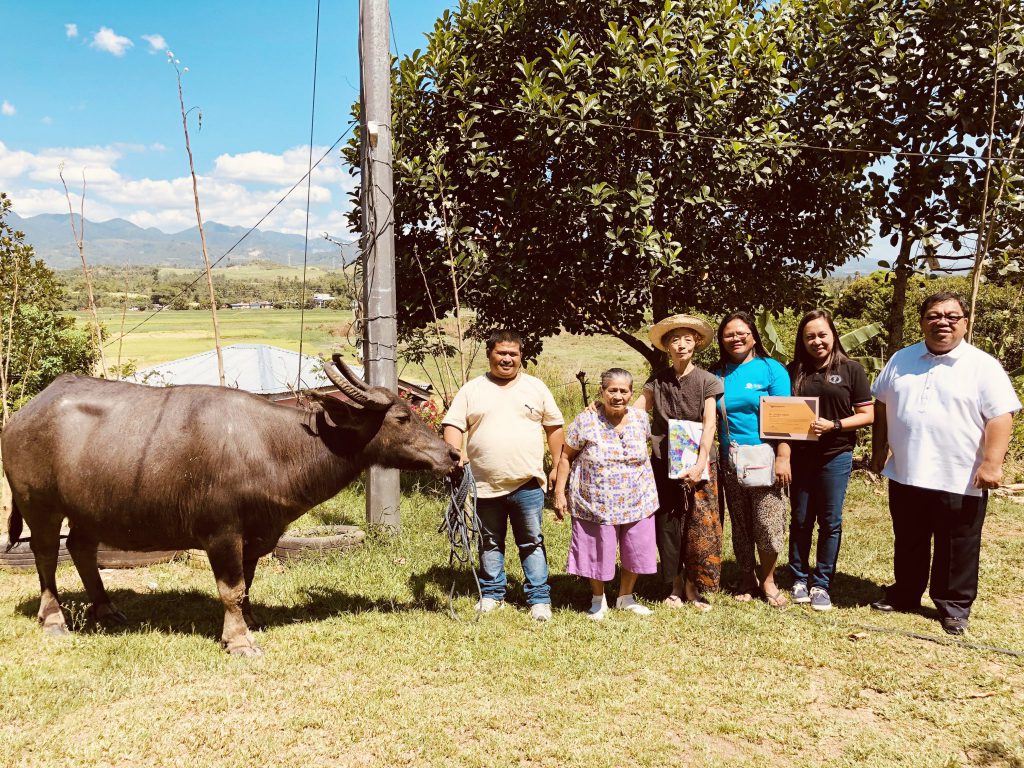
Hers is a genuine gesture of empathy, goodwill, and desire to help a marginalized community in a foreign land. Chieko Takemi, 80, a Japanese national, first visited Leyte in 1987 as a journalist who researched on the potential pollution hazard of a local copper refinery. Japan had experienced early on an environmental disaster due to […]
PCC opts for more tender, lean carabaos’ meat
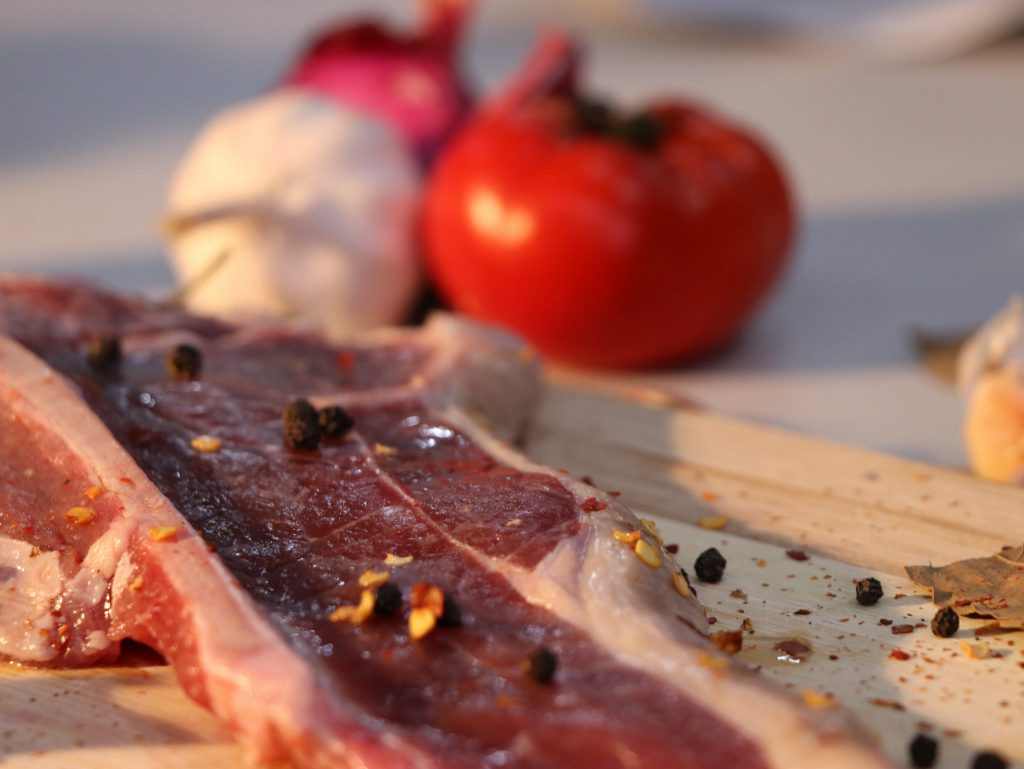
Meat is one of the marketable products that can be derived from carabaos. However, without good genes, the potential of carabaos for meat cannot be fully maximized. “We want to develop a breed of carabaos for meat to produce higher meat quality,” this is what Dr. Kristine Joy Prades said when asked on what she […]
Thru the eyes of love springs community development

The rich resource that is building up within the Sta. Catalina Farm in Botolan is gradually translating to become a hub of development in this local town in Zambales. A culture of love and cooperation has spread in the community as opportunities sprung for the townsfolk. “Love and compassion not just for the animals but […]
CPG native carabao conservation: Current status and way forward
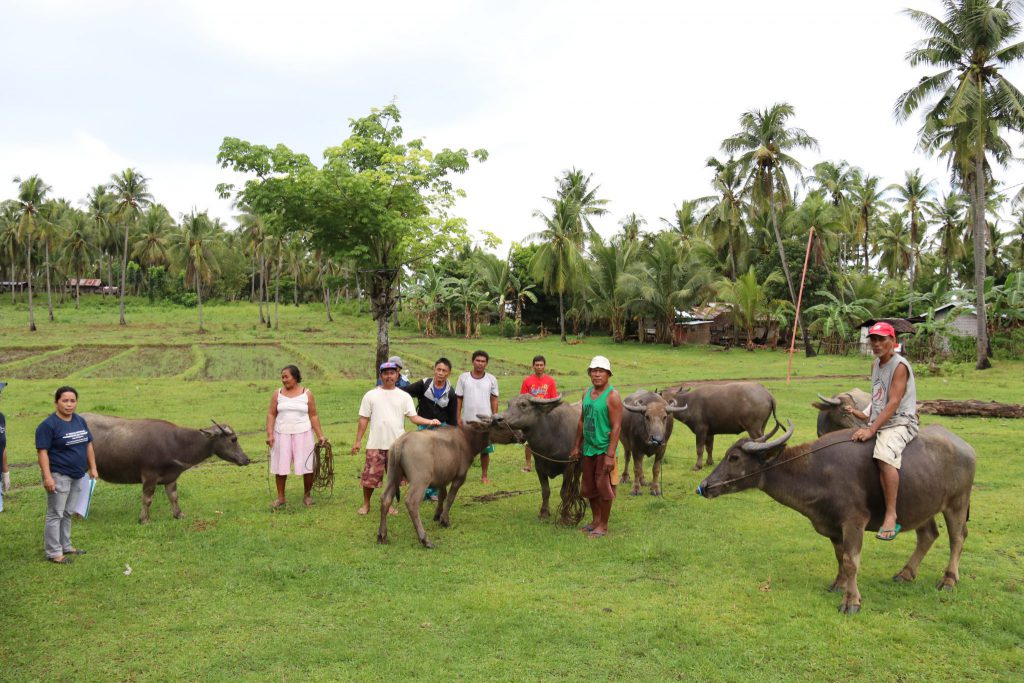
Over the past nine years, local farmers together with the Local Government Unit (LGU) officials established a sanctuary of native carabaos in the municipality of Presidente Carlos P. Garcia Island (CPG) in the province of Bohol. The signing of a memorandum of agreement (MOA) with PCC at Ubay Stock Farm (USF), spearheaded by then Center […]
Sen. Villar sees ‘Bohol Dairy’ as a model for dairy enterprise

“Bohol can be a model in showing the rest of the country how to develop the dairy industry for the benefit of everyone. If it can be done in this province, then it can be done in the whole country as well.” This was underscored by Senator Cynthia Villar, chairperson of the Senate Committee on […]











